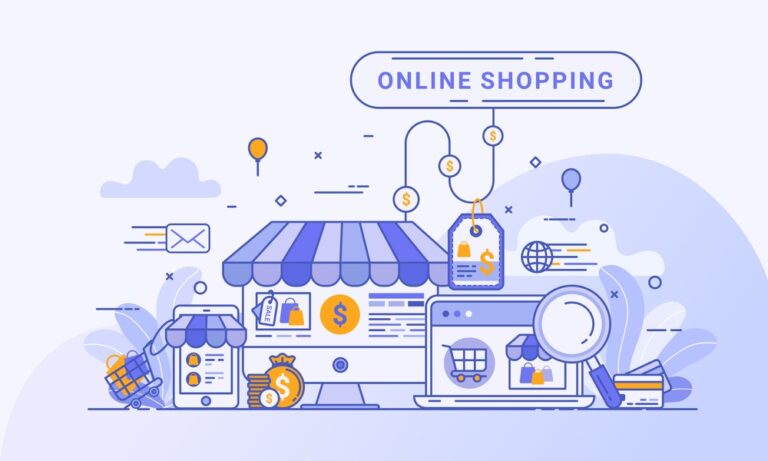Quick commerce, also known as Q-commerce, brings small quantities of goods to customers almost instantly, whenever and wherever they need them. Quick-commerce is changing the delivery landscape in our world as we are all looking for a way to save time and money. We have come to rely on technology to get things done faster and with less hassle.
Benefits and Impact of Quick Commerce
Quick commerce is the natural evolution of e-commerce. Not only does it increase speed and convenience, but it is also changing consumer behavior. With Quick commerce, small quantities of goods arrive almost instantly at consumers’ doorsteps whenever they need them. It means that there will be less traffic on roads because people won’t have to go out into stores or malls to buy things; instead, they’ll wait for what they want at their doorstep. The result would be fewer car emissions since fewer people would have to spend time driving to and from stores. Quick commerce has many benefits for consumers: cheaper shipping rates, no waiting time before the items arrive at the doorstep (since it comes right away), lower prices than retail stores since the business do not have many intermediates.
This natural evolution of e-commerce, Quick commerce, has several other benefits 1) Quick commerce allows consumers to order what they need on-demand, with no waiting time for deliveries. 2) The new business model makes it possible to deliver small quantities of goods quickly and efficiently, without losing any profit margin from increased efficiency. 3) The use of drones, in particular, has been a game-changer in this industry because they allow for faster deliveries that are also less expensive than traditional methods. A drone delivery service offered by Alphabet Inc., Wing, made over 140,000 deliveries in 2021 to customers in the US, Australia, and Finland, up over 600% compared to 2020.
Origin of Quick Commerce
The convenience and speed with which goods reach consumers have never been better than they are today. There are many reasons for this change in the delivery landscape. A few years ago, e-commerce was a new concept to most people. Companies like Amazon have grown into industries that have changed how we shop online. However, as more consumers became accustomed to shopping online, companies began looking at other ways to improve their services and make them more convenient for customers. Quick commerce is one such innovation that has helped businesses evolve by providing fast deliveries of goods almost instantly whenever someone needs them – whether they’re ordering something small or large on-demand. The idea behind Quick commerce came about when retailers realized how much money they were losing because of shipping costs compared to warehouse space requirements. A trade-off, you might say.
Quick Commerce in India
In this fast-paced world, it seems that everything moves faster as the need for convenience is at an all-time high. In India, Quick commerce is becoming more popular, thanks to the increasing number of internet users and a growing interest in online shopping. Ola has launched 15-minute grocery delivery in Bengaluru. Swiggy’s InstaMart service delivers within 15-30 minutes. Grofers (now rebranded as Blinkit) currently offers groceries within 10 minutes. The Dunzo promises groceries within 19 minutes in Bengaluru through their Xpress Mart service. BigBasket offers the BB Express, which promises 60 minutes of delivery for essentials. Furthermore, Amazon Fresh has expanded to many cities in the last year, and the company promises delivery in two hours, and Flipkart boasts 90-minute delivery with its Flipkart Quick service. It is no surprise that this type of service would turn up in our fast-paced society where time is of the essence.
Quick commerce is the new way to do business online, but it may not be the answer to every question. The convenience of ordering online and having items delivered right to your door is undeniable. So, will Quick commerce kill traditional Kirana stores? It’s possible. But if you ask me, I think that Quick commerce is just one of many new ways to shop. It won’t kill the traditional Kirana stores but will make them more competitive. The old-fashioned way of shopping has its perks and provides an experience that is still not available online.
Arijit, a seasoned marketing professional with over a decade of experience, is your go-to expert for managing brands and marketing communications online. With a passion for developing strategic and integrated brand strategies, Arijit excels at creating high-converting online marketing plans that drive growth and achieve business goals.





